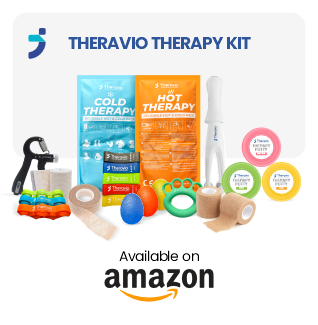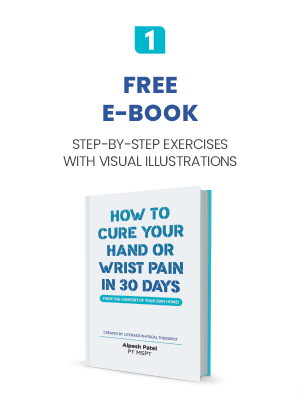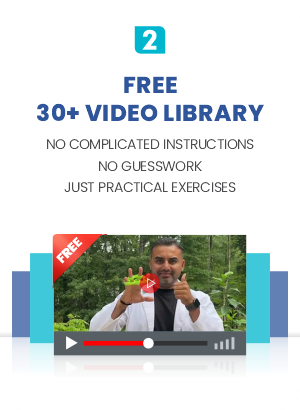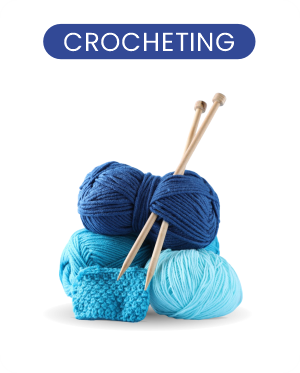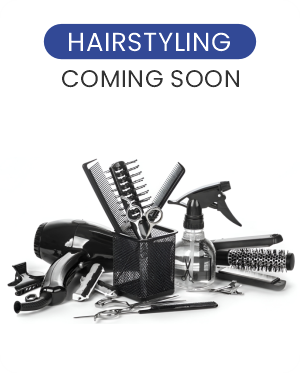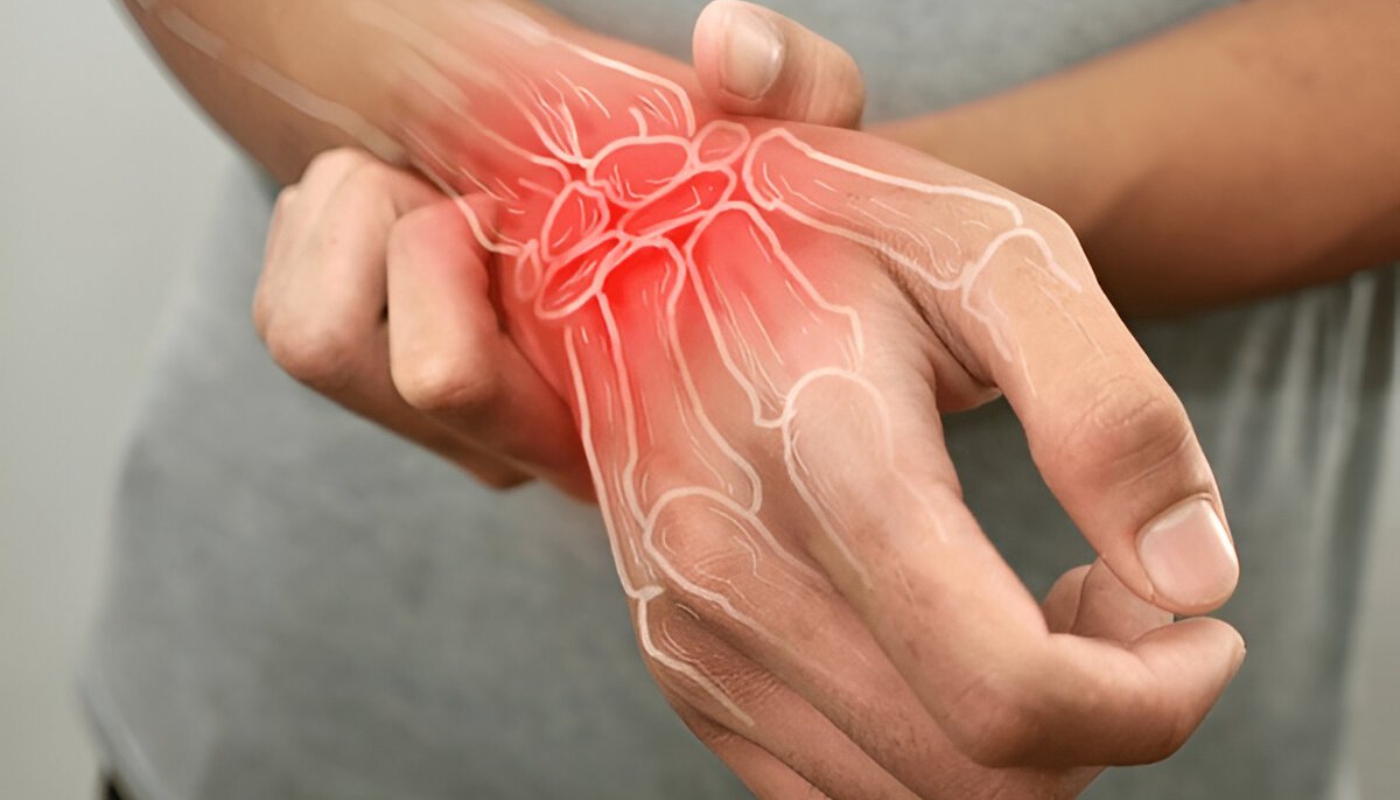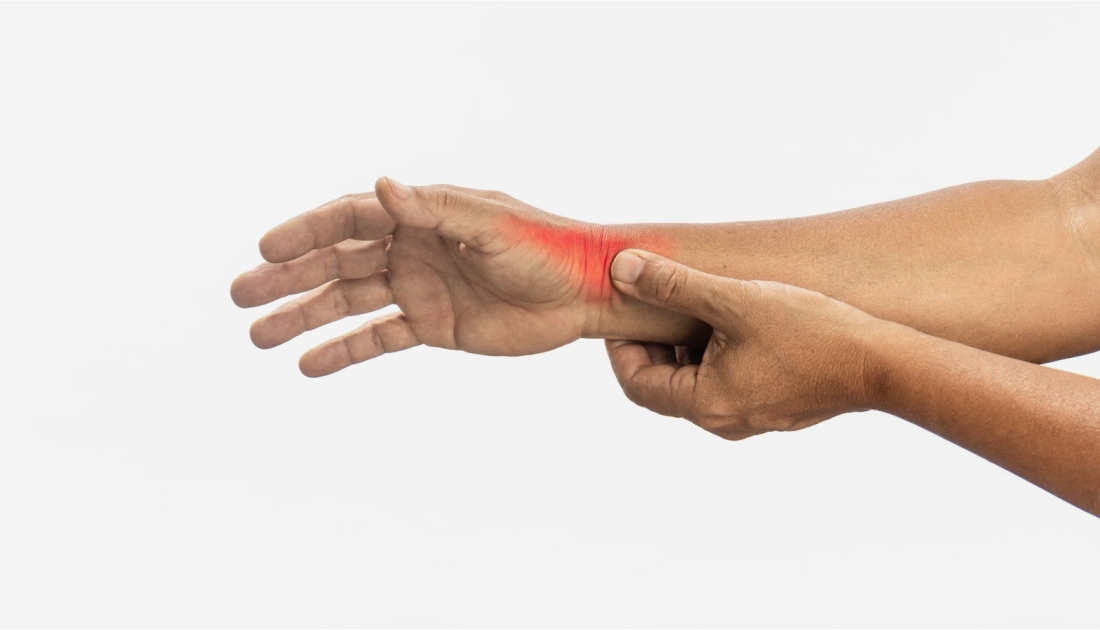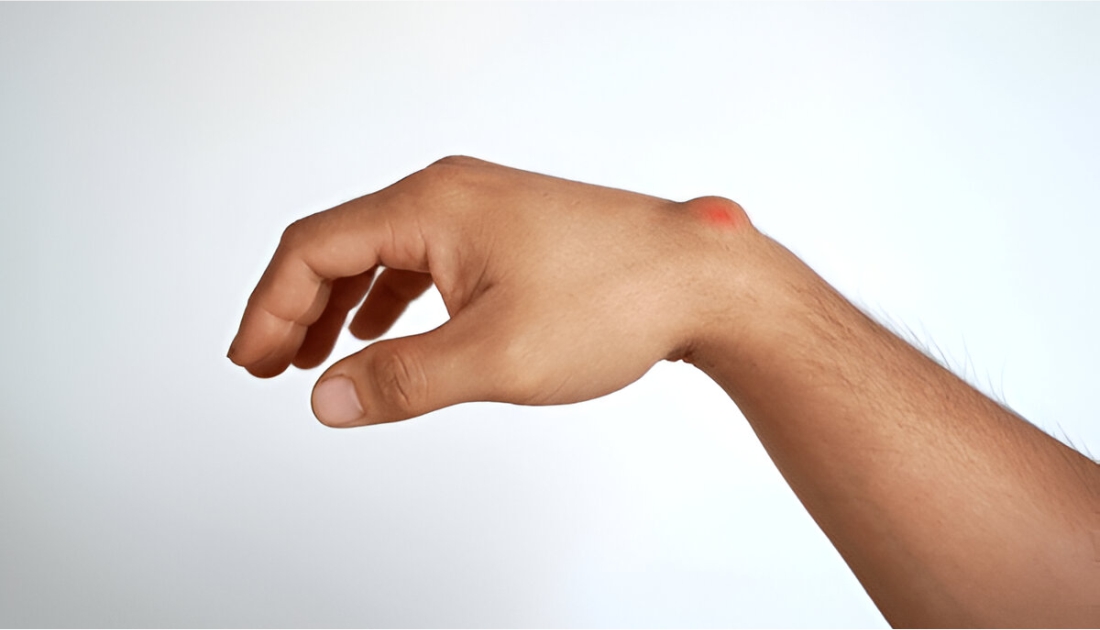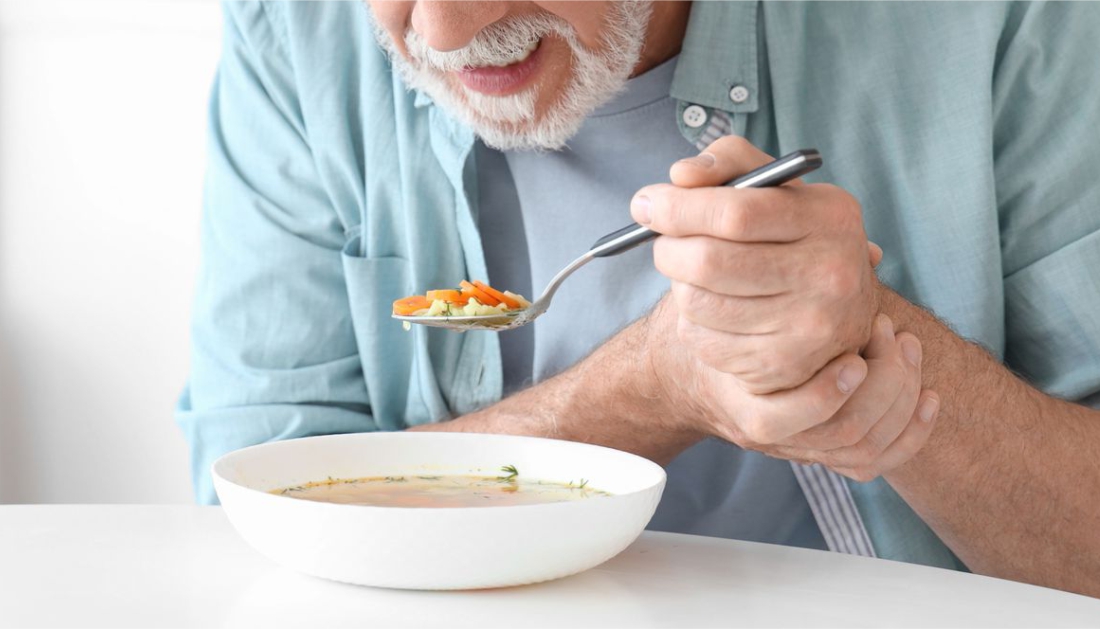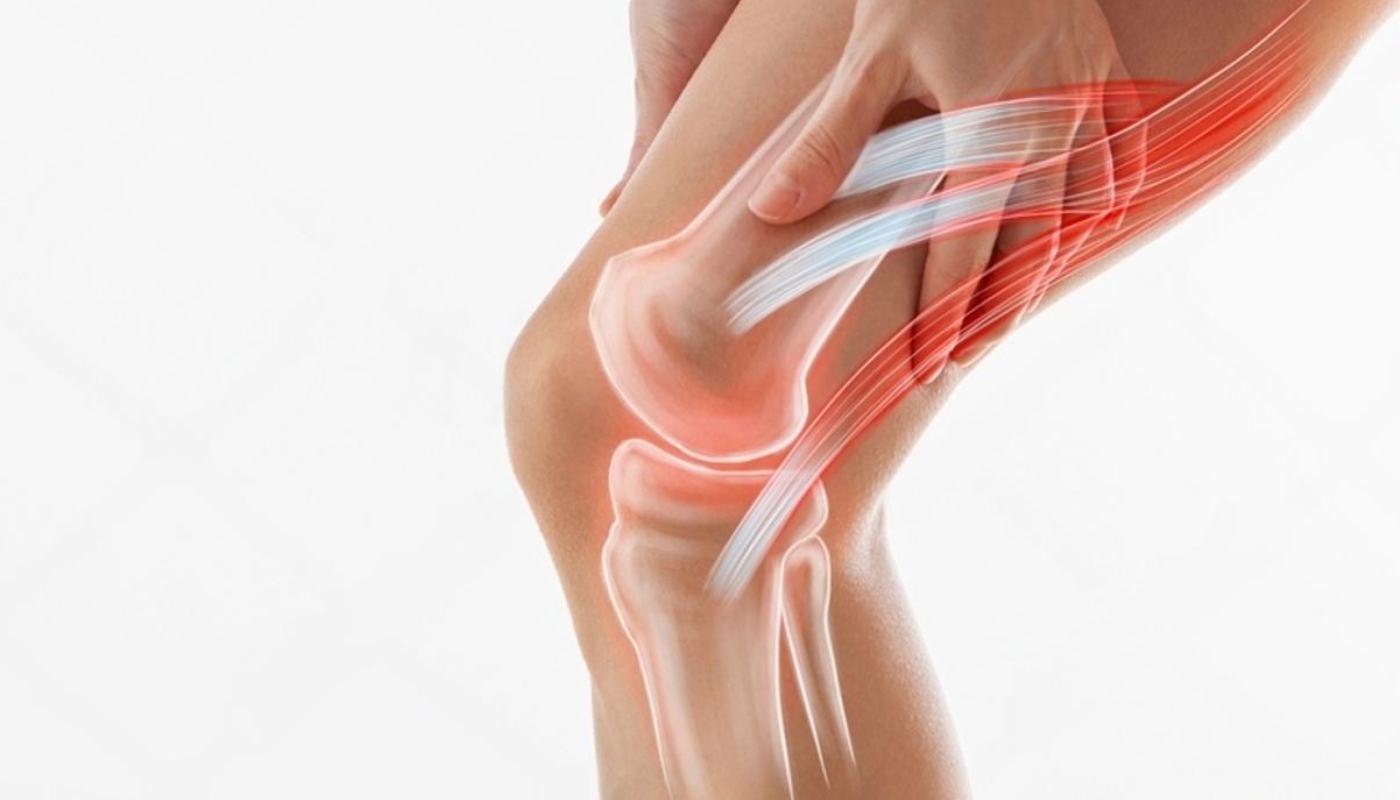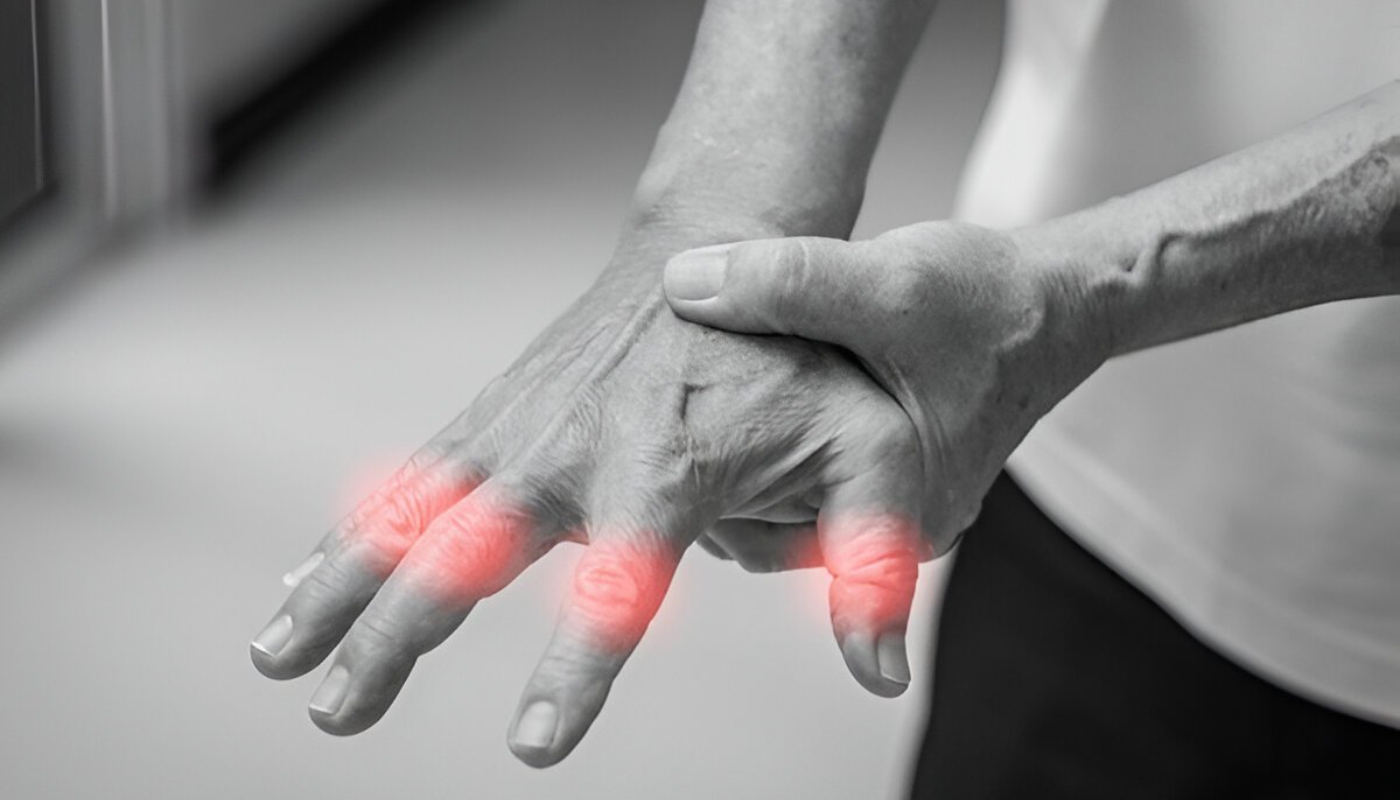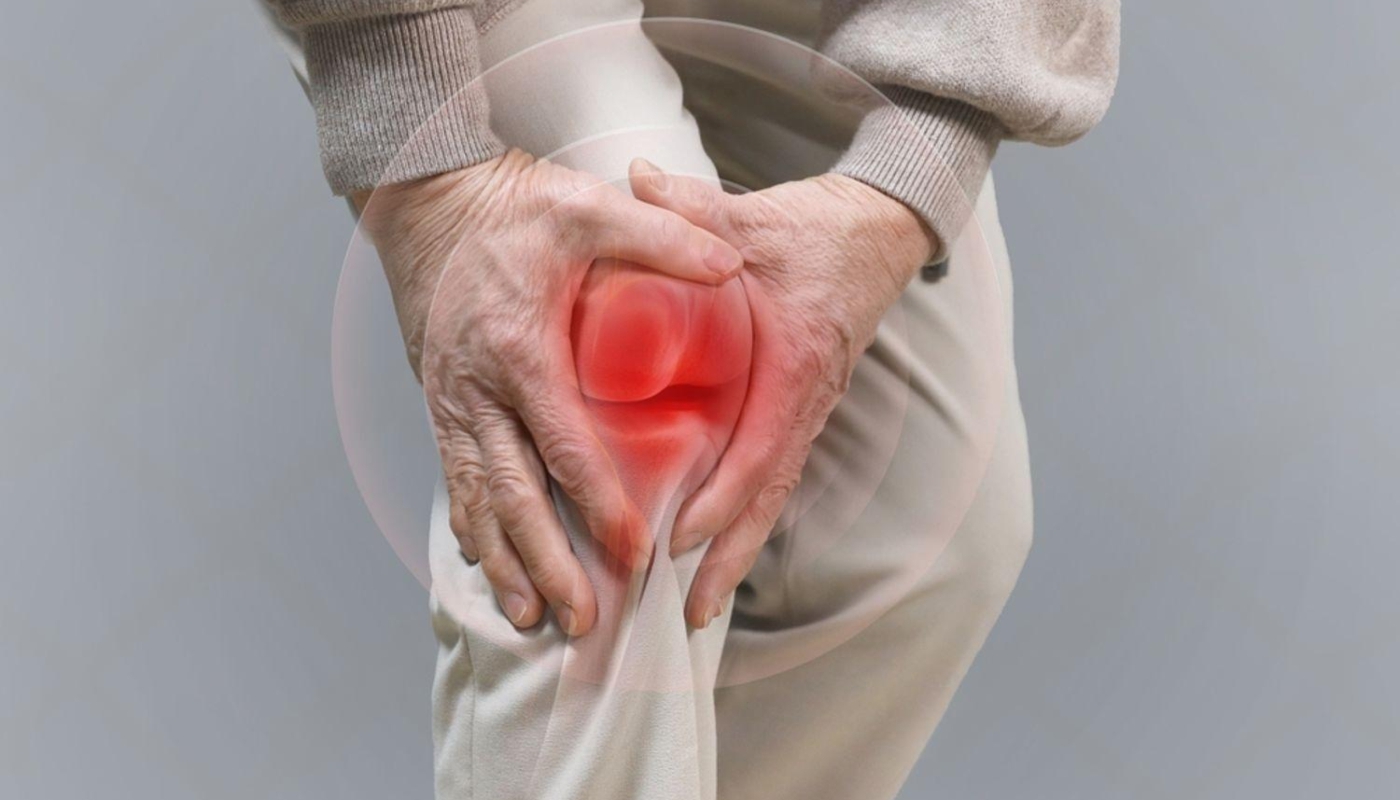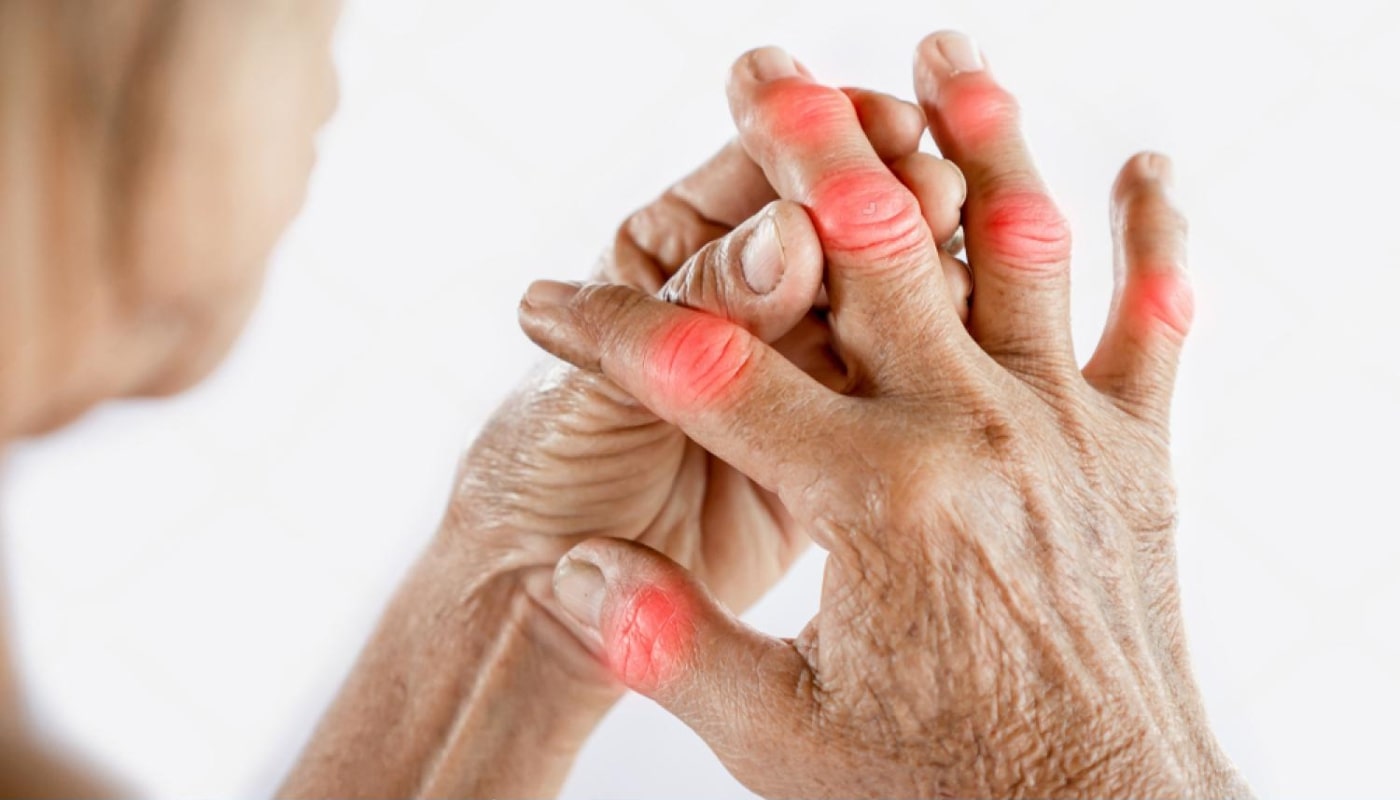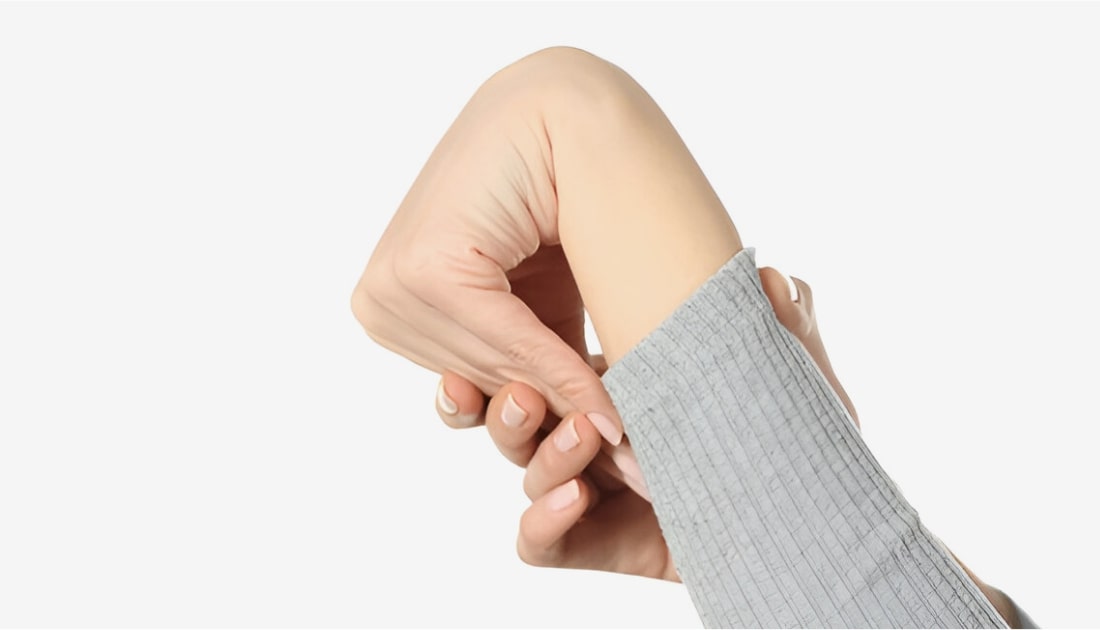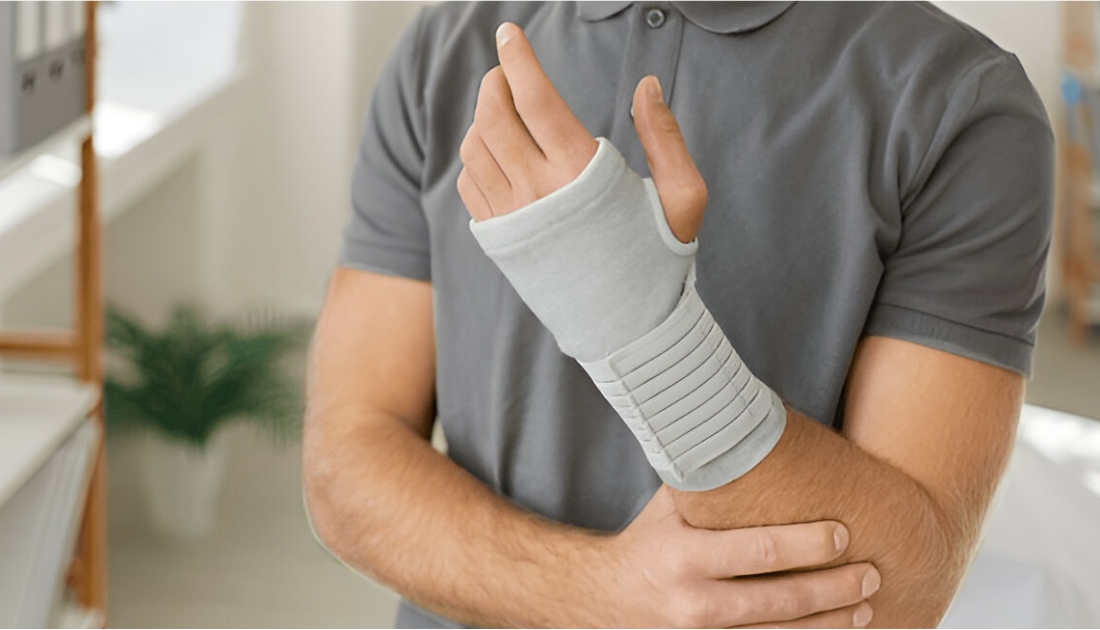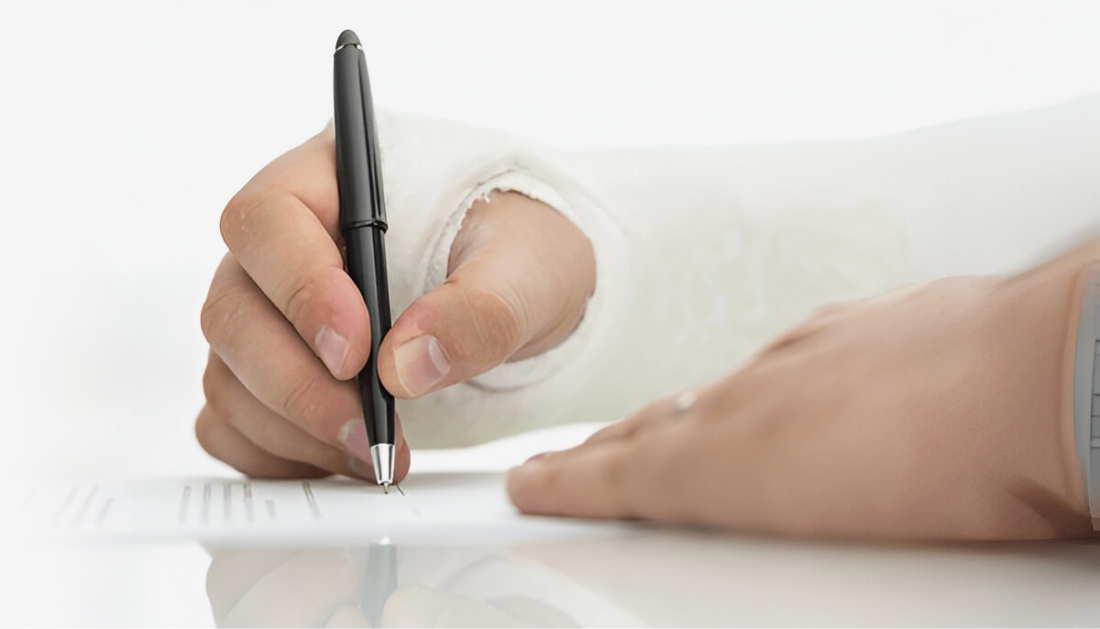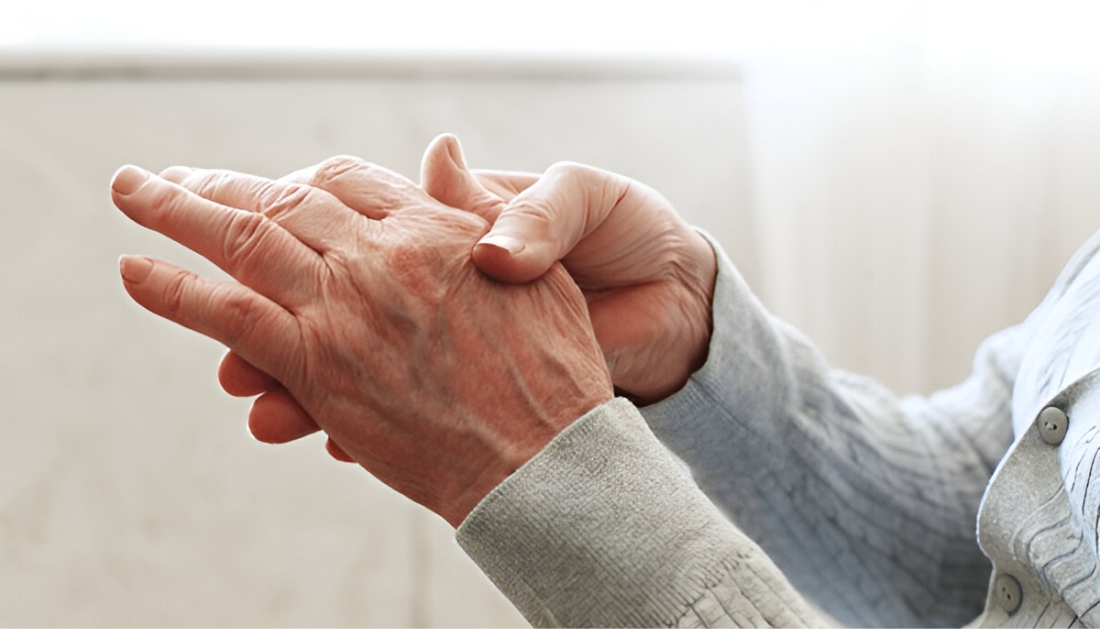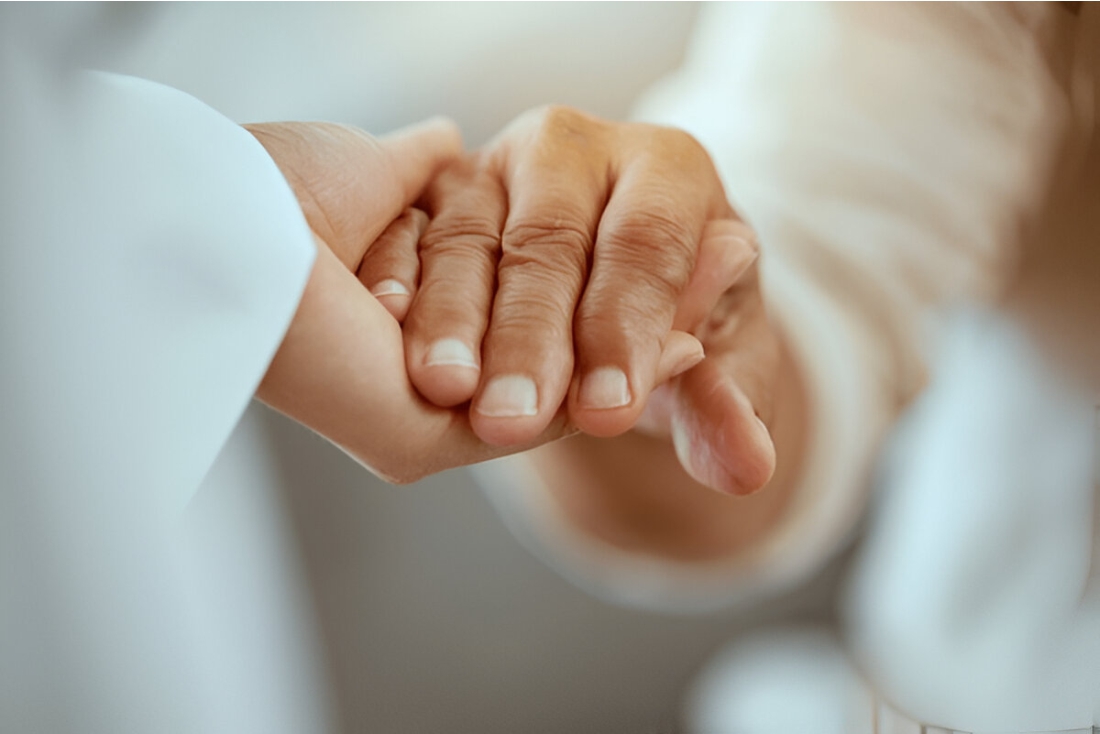Trigger finger, also known as stenosing tenosynovitis, is a condition that affects the tendons in the fingers, leading to painful locking or catching during movement. Understanding the symptoms and causes of this condition is essential for early intervention and effective treatment.
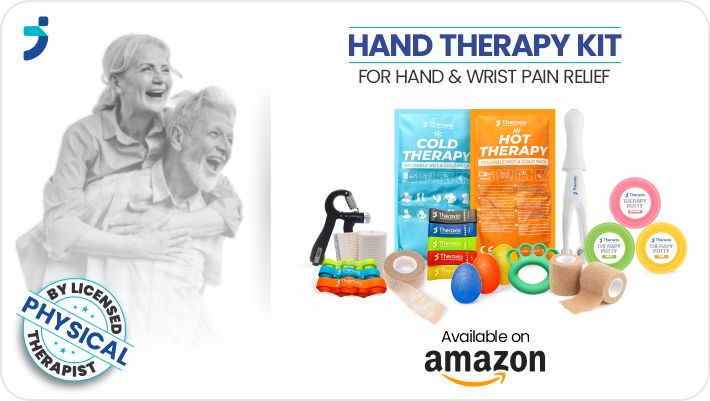
The most common symptoms of trigger finger include:
- Pain and tenderness at the base of the affected finger, which may worsen with activity.
- Stiffness in the finger, especially in the morning.
- Locking or catching sensation when trying to straighten the finger.
- Swelling at the base of the finger.
- Limited range of motion in the affected finger.
As for the causes, several factors may contribute to the development of trigger finger:
- Repetitive gripping activities can strain the tendons, making them more prone to inflammation.
- Medical conditions such as diabetes, rheumatoid arthritis, or hypothyroidism increase the risk of developing trigger finger.
- Age can also play a role, as the condition is more prevalent in individuals over 40.
- Gender is another factor; women are more likely to experience this condition than men.
Understanding these symptoms and causes is crucial for individuals experiencing issues with their fingers. If you suspect you may be suffering from trigger finger, don’t wait to seek help! Visit us @ https://theravio.com/ for more information on effective treatments and resources.
How Trigger Finger Affects Daily Activities
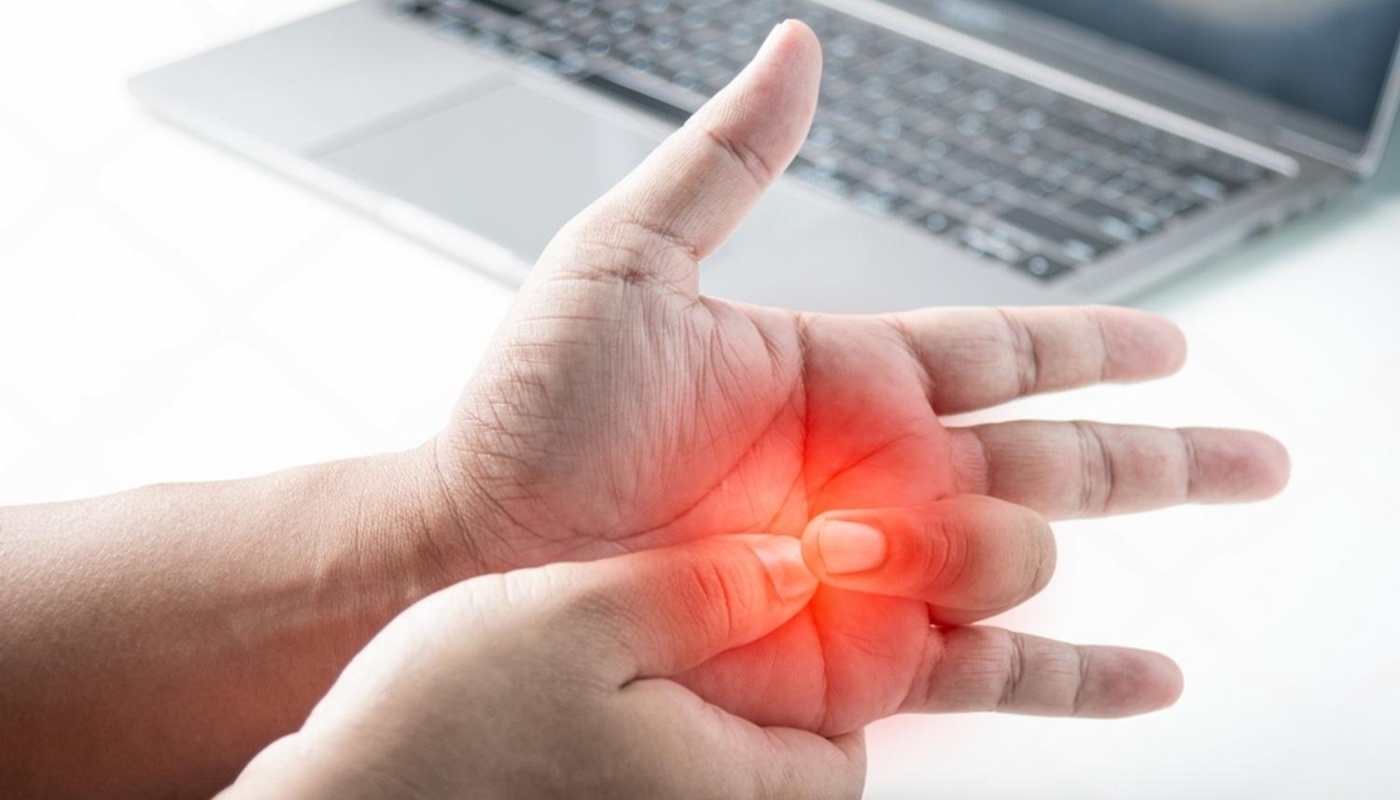
Living with trigger finger can significantly impact daily activities, causing frustration and limiting the ability to perform simple tasks. The pain, stiffness, and locking sensations associated with this condition can disrupt even the most routine actions.
Here are some common ways trigger finger affects daily life:
- Difficulty with Gripping: Activities that require a firm grip, such as opening jars, holding utensils, or carrying bags, can become challenging, leading to discomfort and a reduced quality of life.
- Struggles with Fine Motor Skills: Tasks that involve fine motor skills, such as typing, writing, or buttoning clothes, may be hindered, making it difficult to complete work or personal tasks efficiently.
- Impact on Hobbies: Hobbies that require hand dexterity, such as playing musical instruments, knitting, or gardening, can become less enjoyable or even impossible, leading to frustration and a sense of loss.
- Increased Reliance on Others: Individuals may find themselves needing assistance from family or friends for tasks that were once simple, which can affect independence and confidence.
As the symptoms of trigger finger progress, these daily challenges can lead to emotional stress and anxiety, further compounding the effects of the condition. It’s essential for individuals experiencing these limitations to explore treatment options and strategies that can help restore functionality and improve their overall quality of life.
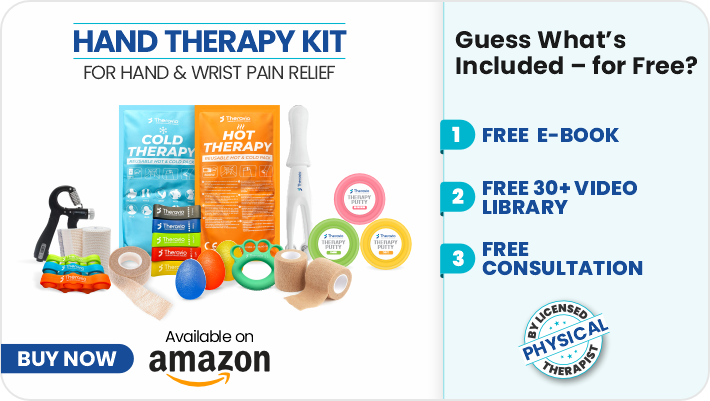
Effective Non-Surgical Treatments for Trigger Finger
For many individuals suffering from trigger finger, non-surgical treatments can provide significant relief and restore functionality without the need for invasive procedures. These methods are often effective in managing symptoms and can be tailored to suit individual needs.
Here are some effective non-surgical treatments for trigger finger:
- Rest and Activity Modification: Taking breaks from repetitive hand movements and modifying activities can help alleviate stress on the affected finger. Simple adjustments in daily routines can reduce inflammation and promote healing.
- Cold Therapy: Applying ice packs to the affected area for 15-20 minutes can help reduce swelling and numb pain. This method is especially effective after activities that exacerbate symptoms.
- Physical Therapy: Engaging in targeted exercises guided by a physical therapist can improve flexibility and strength in the fingers. Stretching and strengthening exercises can help restore normal function and prevent future flare-ups.
- Theravio kit: It includes all the tools you need to soothe your finger and hand pain, such as a wonderful massager, heat/cold packs, comfortable wraps, and plenty of strengthening exercises tools.
- Splinting: Using a splint to immobilize the affected finger during sleep or throughout the day can provide support and alleviate pressure on the tendons, allowing for rest and recovery.
- Corticosteroid Injections: In some cases, a healthcare provider may recommend corticosteroid injections to reduce inflammation and relieve pain. This treatment can provide rapid relief and is often used when other methods have not been effective.
These non-surgical approaches can significantly enhance the quality of life for those dealing with trigger finger. It is essential to consult with a healthcare professional to determine the most appropriate treatment plan based on individual symptoms and lifestyle.
When to Consider Surgical Intervention for Trigger Finger
While many individuals find relief from trigger finger through non-surgical methods, there are instances where surgical intervention becomes necessary. Understanding when to consider surgery is crucial for optimizing recovery and improving hand functionality.
Here are some key indicators for considering surgical intervention:
- Persistent Symptoms: If symptoms such as pain, stiffness, or locking of the finger persist despite trying non-invasive treatments for several weeks or months, surgery may be warranted.
- Severe Functional Impairment: When the condition significantly interferes with daily activities, including work or hobbies, surgical options should be evaluated. Difficulty in gripping or holding objects can severely impact one's quality of life.
- Recurrence of Symptoms: If trigger finger symptoms return after successful non-surgical treatment, it may be time to consider a surgical solution. Recurrence can indicate a more severe underlying issue that requires direct intervention.
- Progressive Symptoms: If symptoms worsen over time, leading to increased pain or reduced mobility, surgical intervention may be necessary to prevent further complications.
- Diagnosis Confirmation: For individuals diagnosed with more complex cases of trigger finger, such as those involving multiple fingers or other underlying conditions, surgical evaluation may be crucial.
Typically, surgery for trigger finger involves a simple outpatient procedure where the ligament causing the constriction is released. This can lead to immediate relief and a quicker return to normal activities. Always consult with a healthcare professional to discuss the risks and benefits of surgery, as well as any alternative options available.
Rehabilitation Strategies for Trigger Finger Recovery
Recovering from trigger finger involves more than just treating the symptoms; it requires an effective rehabilitation strategy tailored to individual needs. A comprehensive approach helps restore mobility, reduce pain, and prevent recurrences.
Here are some essential rehabilitation strategies to consider:
- Gentle Stretching Exercises: Performing regular stretching exercises helps improve flexibility in the affected finger. Gentle movements such as finger extensions and flexion can gradually increase range of motion.
- Strengthening Exercises: Once the pain subsides, incorporating strengthening exercises is vital. Utilizing resistance bands or small weights can help build strength in the hand and fingers, promoting better function.
- Heat and Cold Therapy: Alternating between heat and cold treatments can alleviate pain and reduce inflammation. Applying a warm compress before exercises can help loosen tight muscles, while cold packs can reduce swelling afterward. The Theravio kit comes with cozy heat and soothing cold packs, plus a variety of other helpful tools designed to ease your hand and wrist pain
- Manual Therapy: Consulting a physical therapist for manual therapy techniques can be beneficial. These methods involve hands-on manipulation to improve mobility and decrease stiffness in the affected finger.
- Activity Modification: During recovery, it is crucial to modify activities that exacerbate symptoms. Finding alternative ways to perform tasks can help prevent strain and allow the finger to heal properly.
Implementing these rehabilitation strategies consistently can significantly enhance recovery from trigger finger. Patients should work closely with healthcare professionals to develop a personalized rehabilitation plan that meets their specific needs and ensures optimal recovery.
Preventive Measures to Avoid Trigger Finger Recurrence
Preventing the recurrence of trigger finger is as essential as treating the condition itself. By adopting proactive measures, individuals can significantly reduce the risk of flare-ups and maintain optimal hand function.
Here are some effective preventive strategies:
- Avoid Repetitive Motions: Limit activities that require repetitive finger movements, such as typing or playing musical instruments. If these tasks are unavoidable, take regular breaks to relieve strain on the fingers.
- Practice Ergonomic Techniques: Using ergonomic tools and adjusting your workspace can minimize stress on the hands. Ensure that your workstation is set up to promote a neutral wrist position, and use tools designed to reduce strain.
- Warm-Up Exercises: Before engaging in activities that may strain your hands, perform warm-up exercises to prepare the muscles and joints. Simple stretches can enhance flexibility and reduce the risk of injury.
- Strength Training: Regularly incorporating hand and grip strengthening exercises into your routine can enhance the muscles' resilience and support overall hand health. Theravio kit includes all the tools you need to soothe your finger and hand pain, such as finger extensors, hand grip strengthener, Hand therapy bands, and plenty of strengthening exercises tools.
- Maintain a Healthy Lifestyle: Staying active and maintaining a healthy weight can decrease the likelihood of developing conditions that contribute to trigger finger, such as diabetes or arthritis.
By implementing these preventive measures, individuals can enjoy improved hand health and a lower risk of experiencing trigger finger symptoms again. For tailored solutions that support your journey toward better hand function, visit us @ theravio.com.



